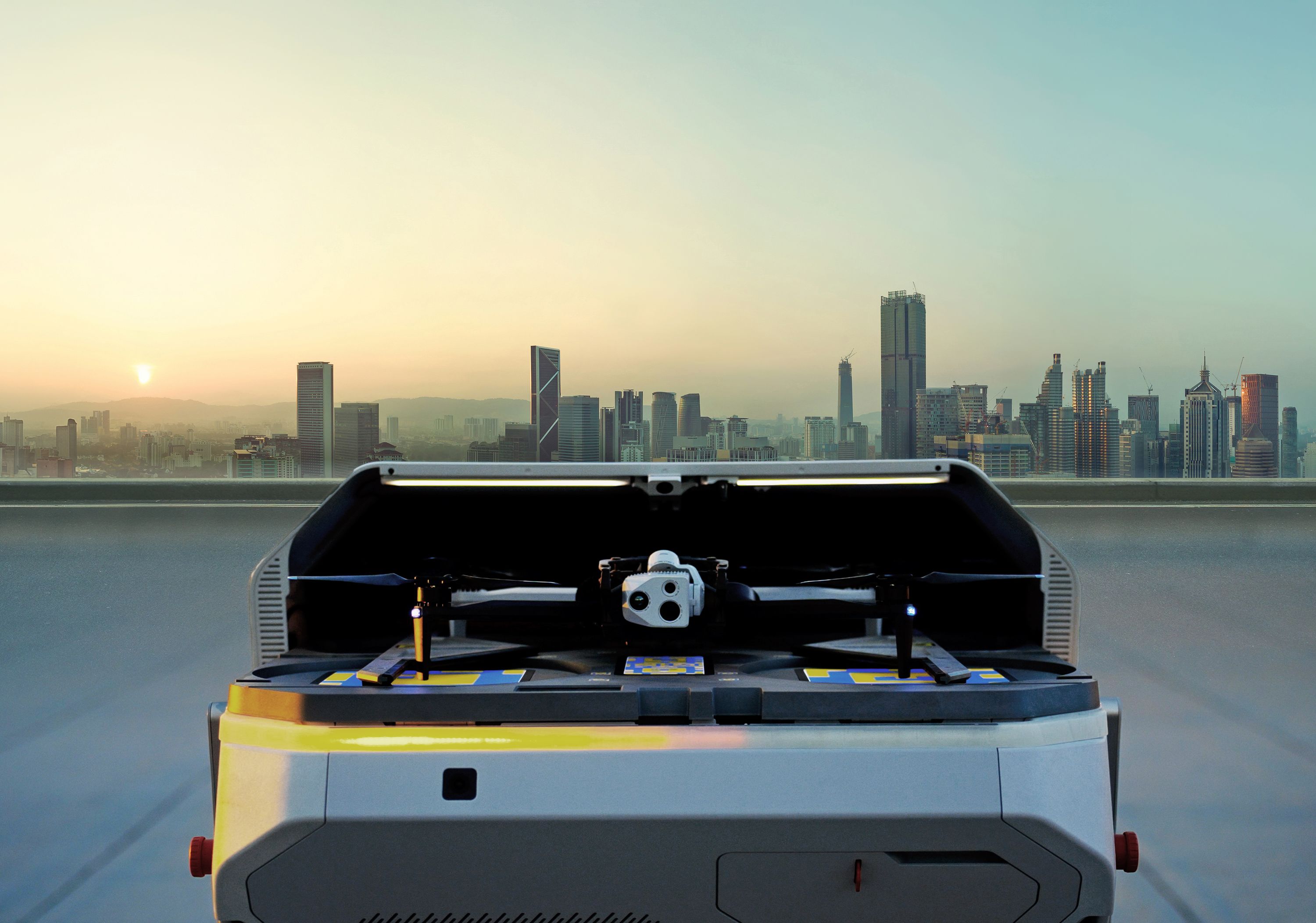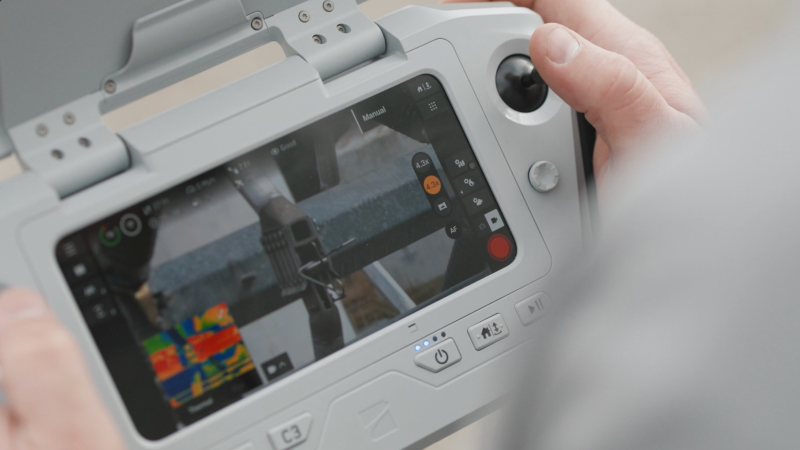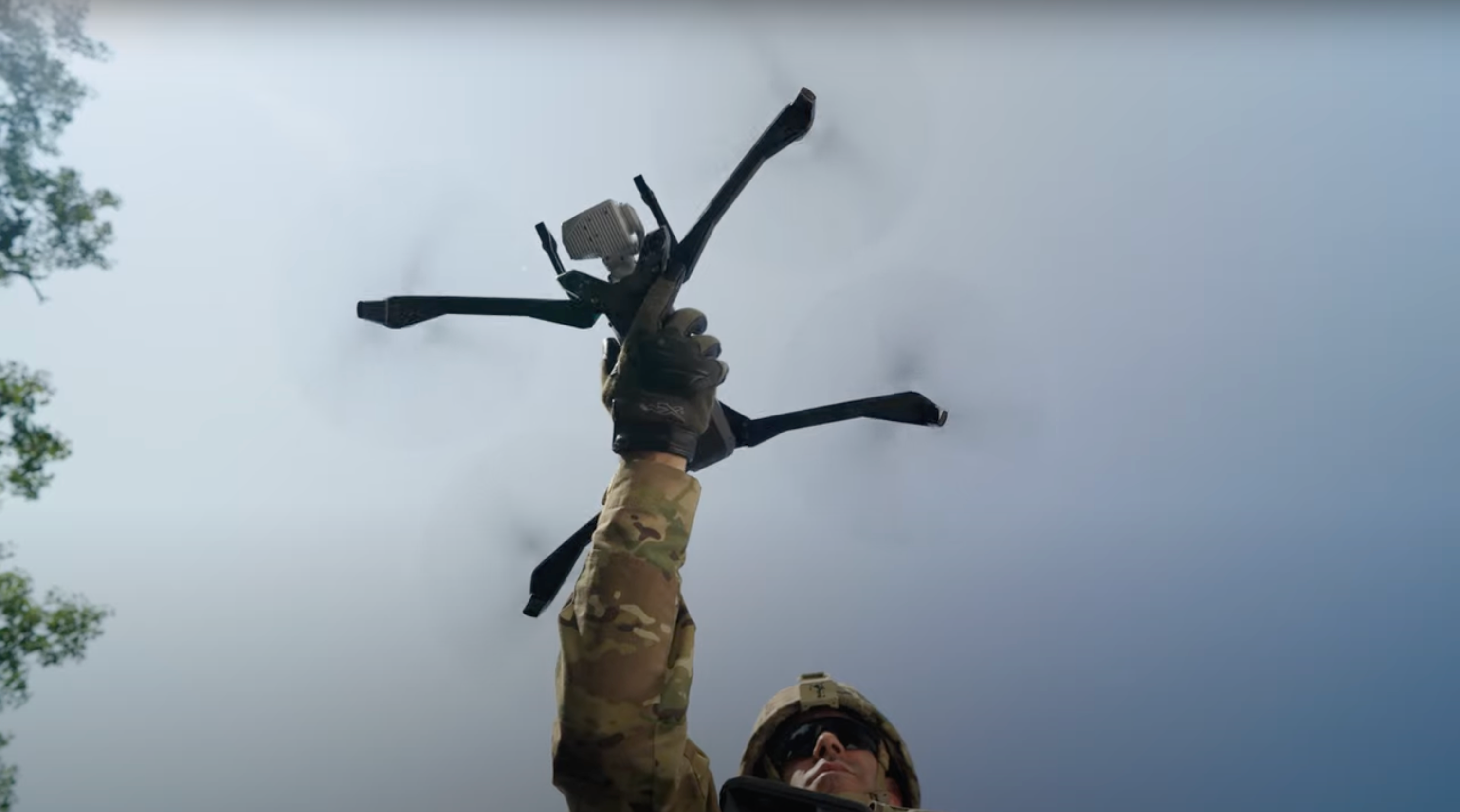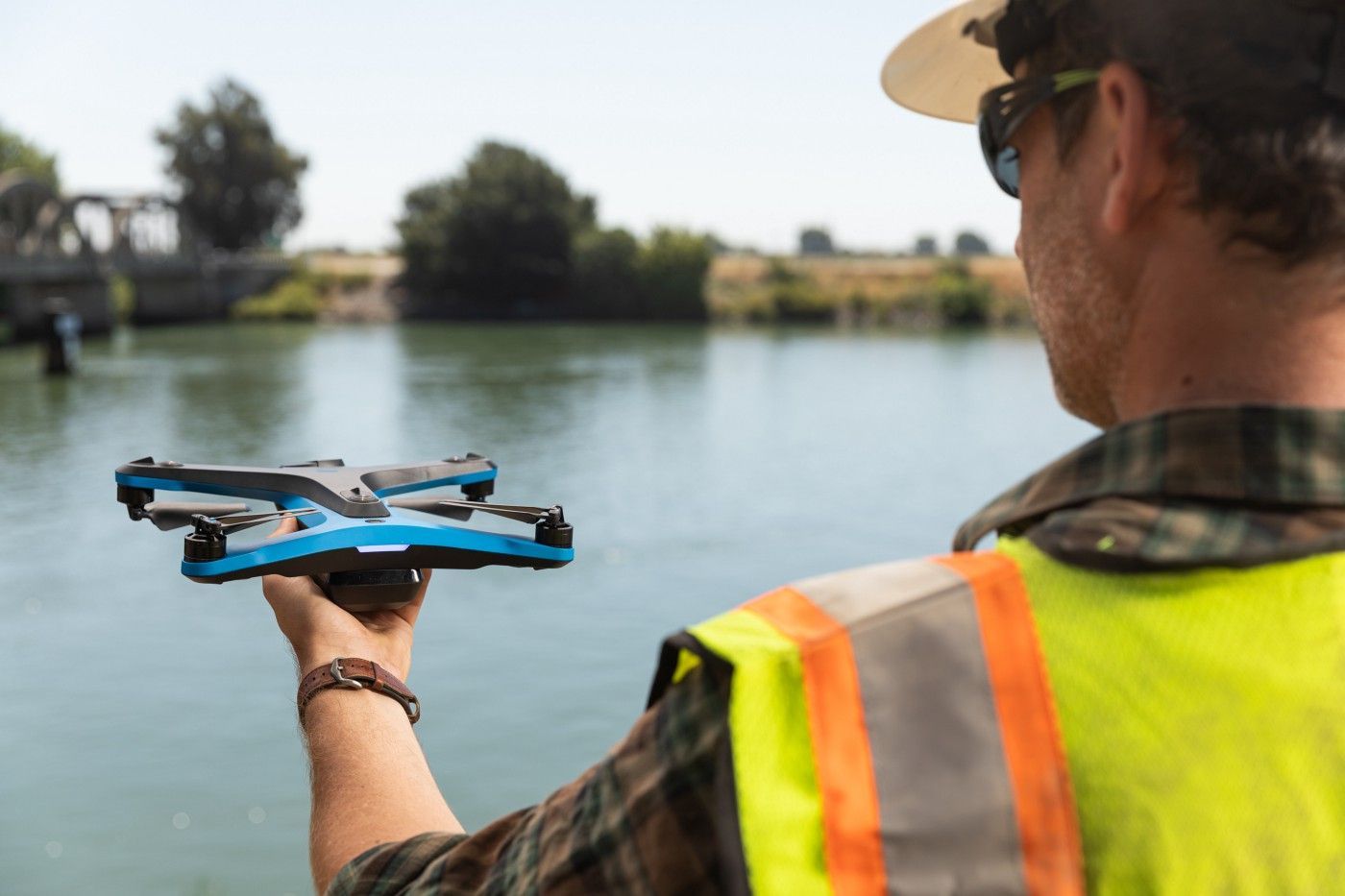Breaking Regulatory Barriers for Remote Operations
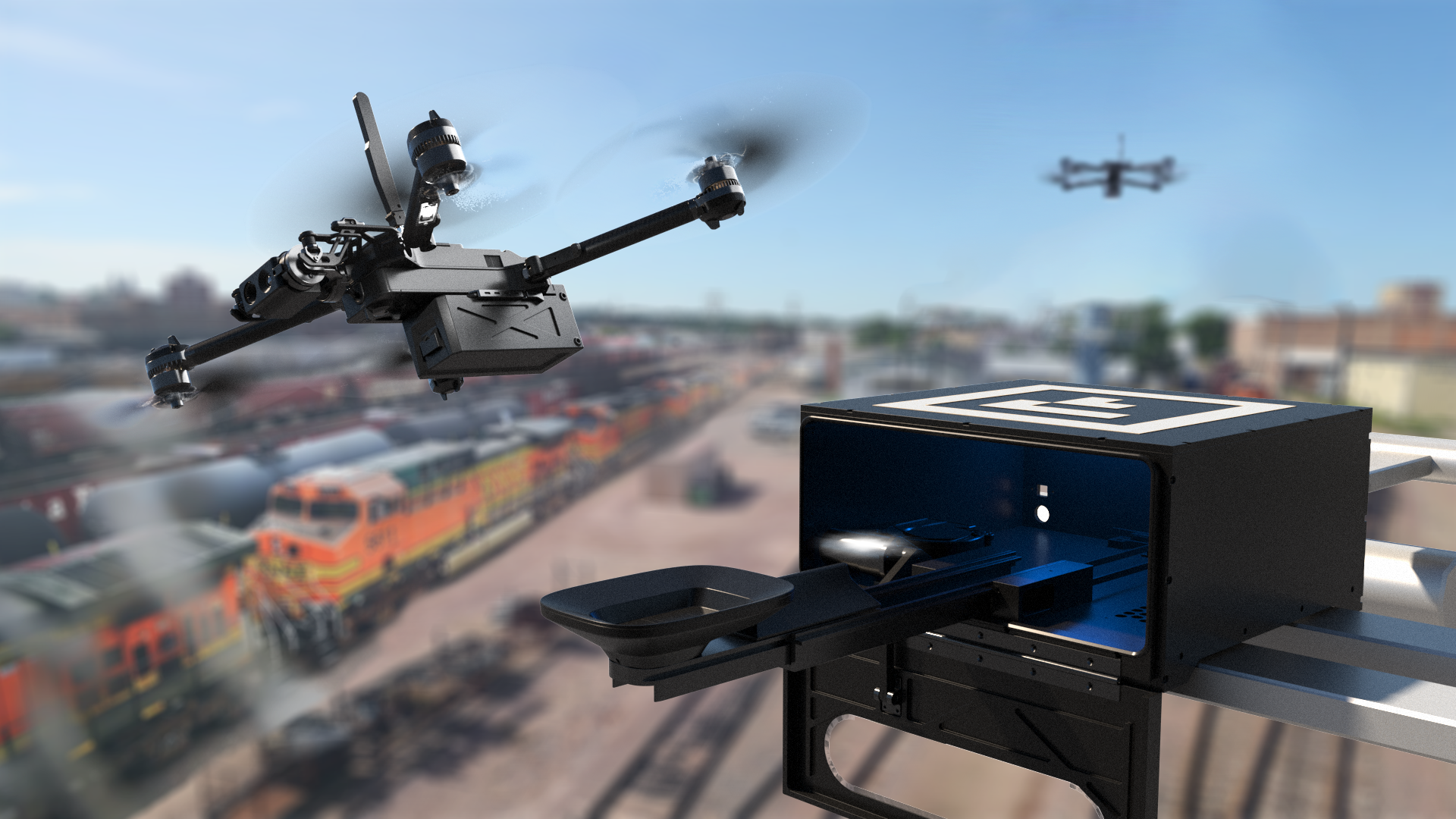
Today we celebrate an extraordinary regulatory breakthrough that enables BNSF Railway to remotely operate dock-based Skydio drones across a large portion of its network. It is the first national approval of remote, dock-based operations in the United States. Almost a year in the making, today’s FAA approval solidifies BNSF Railway’s status as the nation’s most advanced enterprise drone program. It also ushers in a new era in industrial inspection, unlocking the power of drones to enhance efficiency, promote worker safety, and slash carbon emissions.
Skydio applauds BNSF for its leadership and unsurpassed commitment to safety and innovation. We also applaud the FAA. We believe the FAA deserves far more credit than it often receives from the drone industry. This approval--likely the most advanced operation of small drones in the history of the United States--vividly demonstrates the FAA’s commitment to facilitating the safe and effective integration of drones into the national airspace system. When presented with a compelling safety case, the right technology, and an operator with an outstanding track record of safety (like BNSF), the FAA is willing to enable the advanced operations necessary to unlock the full potential of drones to make our world more productive, creative, and safe.
This blog begins by explaining BNSF’s leading role among enterprise drone programs; discusses the nature of the approval; highlights the significance of achieving another step forward in Skydio’s Arc of Autonomy; and explores what this means for our customers going forward.
Applauding BNSF Railway’s leadership
The largest railroad in the United States, BNSF has long led the industry in innovation. When it comes to the use of drones to inspect infrastructure, BNSF is a global pioneer. Shortly after being created in 2014, BNSF’s drone program in 2015 conducted the first civil BVLOS flight in the United States under the umbrella of a special FAA program known as Pathfinder. Since then, under the leadership of Todd Graetz, BNSF’s top-notch teams have flown 28,000 miles of BVLOS missions--an astonishing figure unrivaled in the industry.
BNSF’s legacy of innovation continues. The new approval stemmed from BNSF’s collaboration with the FAA to test advanced operations for smaller automated drones operated by distant control centers. In that collaborative process, we were proud to be selected to support BNSF.
To date, aside from BNSF’s extensive fleet of standard line-of-sight drones, BNSF has leveraged large, fixed-wing aircraft to conduct BVLOS inspection operations. Fixed-wing aircraft offer advantages in terms of endurance and payload capacity. But they can be expensive to operate and difficult to maintain and deploy. For this program, BNSF focused on using drones in docks that could be placed at strategic locations. Small drones launched from docks introduce unique benefits, enabling highly efficient--and therefore highly scalable--operations.
As explained in the next section, BNSF’s new FAA waiver brings that vision to life.
Understanding the approval
Under the waiver, BNSF may remotely operate Skydio drones in docks beyond line of sight above rural portions of its network for purposes of infrastructure inspection, patrol, and training. Operations will take place below 100 feet of the ground or obstacles, minimizing the risk of crewed aircraft encounters. The waiver is not geographically limited; it applies to areas above BNSF’s private property located more than 3 nautical miles from airports. BNSF will utilize detect and avoid technology when conducting BVLOS operations.
Critically, this waiver permits real-world operations--it is not limited to R&D, unlike certain past waivers for remotely operated drones in docks. The waiver expires on June 30, 2023.

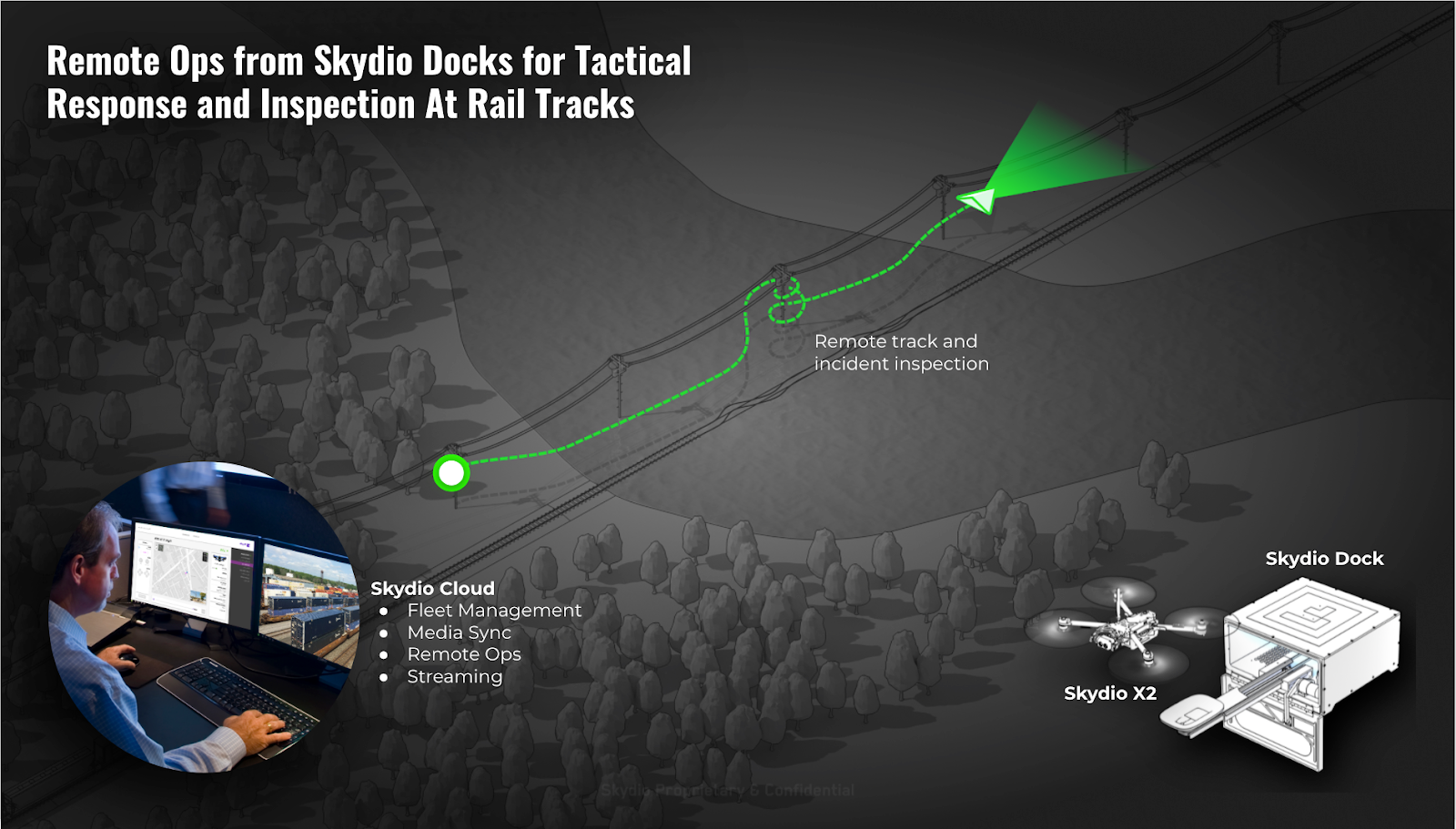
The arc of autonomy: One step closer
The FAA’s landmark waiver approval brings the drone industry one step closer to advanced, autonomous drone operations. At Skydio, we make drones useful by making them intelligent. When it comes to remote operations without a human on scene, intelligence is everything. Skydio’s trustworthy autonomy helps to enable safe and effective remote operations beyond line of sight.
We celebrate BNSF’s waiver as a key regulatory milestone in our vision to unlock the full potential of drones through autonomy. Earlier this year at AUVSI XPONENTIAL we laid out an evolutionary path for the industry that we call the Arc of Autonomy, a framework to move the industry forward from inefficient manual operations to remotely operated drones-as-a-service capable of delivering valuable services 24/7, just like any other piece of basic infrastructure today.

Where we started: Stage 1 - Autonomous Flight. As pioneers in autonomous flight, Skydio welcomed the world to Stage 1 operations with the release of Skydio 2, and recently launched its second autonomous vehicle with Skydio X2. These aircraft bring trustworthy obstacle avoidance and AI-based pilot assistance through six navigation cameras, onboard Nvidia Tegra TX2 processor, and 9 onboard deep neural networks. In Stage 1 of the Arc of Autonomy rubric, pilots remain on-site and IN the loop for the duration of their operations while benefiting from advanced obstacle avoidance.
Where we are: Stage 2 - Autonomous Workflows. We recently released Skydio 3D Scan, a transformational product that enables autonomous image capture for state-of-the-art photogrammetry and 3D model reconstructions. 3D Scan ushers in Stage 2 of the Arc of Autonomy, enabling operators on site to conduct ON the loop operations--overseeing safety and compliance while the drone autonomously inspects assets ranging from cell phone towers, bridges, and electric substations. 3D Scan allows the drone to make its own decisions in mid-air to accomplish the goal of documenting any scene with precisely selected aerial imagery.
Today’s Milestone: Stage 3 (Autonomous Operations). BNSF’s waiver represents the beginning of Stage 3, where drones launched from docks conduct BVLOS operations overseen by remote operators. At Skydio, we enable remote operations through Skydio Cloud, with the help of Skydio Dock, which allows for autonomous drone launching and landing. In this concept of operations, the operator is off-site and on the loop. Remote operations unlock tremendous value, enabling pilots to inspect distant infrastructure without travel, respond to emergencies within seconds without exposing humans to risk, and secure high-value facilities.
Where we’re headed: Stage 4 (Multi-Drone Missions) and 5 (Drone -As-a-Service). The future only becomes more exciting. In Stage 4, operators will scale by overseeing multiple drones at once--completing bigger jobs faster and in parallel. In Stage 5, docked drones become ubiquitous, and operators will use them for jobs as needed, without needing to buy and manage their own hardware. Reaching Stages 4 and 5 requires technology providers to reach the highest levels of safety in Stage 3, opening the possibility of expanded permissions in the future. At Skydio, we believe that autonomy is the key to safety--and safety is the key to scalability.
Advancing your drone program along the arc of autonomy: The three T’s
You may be wondering what’s next--and how you can realize the power of dock-based operations. We want to work with you. In the US, we will work with the FAA and enterprise partners to replicate and scale operations along the lines of the BNSF approval. Those operations do not stop at the water’s edge. We are also working with enterprise partners and regulators in select markets overseas to unlock docked operations.
To assist you on your journey through the Arc of Autonomy, it is critical to have the right technology, tactics, and training--a framework we call the Three T’s.
Technology
- Autonomy enables safe and scalable advanced drone operations.
- When operating BVLOS, native obstacle avoidance becomes a necessity rather than a luxury. So does the ability to operate without GPS--whether due to a sporadic loss of GPS satellites or flying in areas subject to electromagnetic interference (EMI).
- Skydio’s trustworthy autonomy alleviates those concerns. Our next-generation computer vision technology allows drones to safely and efficiently navigate complex environments--even without GPS and in areas subject to EMI, giving operators peace of mind.
Tactics
- Out of more than 3,000 applications for BVLOS waivers, the FAA has approved only a small handful (likely less than 100). When it comes to advanced waivers, tactics matter. Skydio’s regulatory team has the experience necessary to help turn the odds in your favor.
Training
- BNSF’s record of success is fueled by their enviable record of safety. World-class training is a core component of safe and effective programs like those at BNSF and other leading enterprises.
- Skydio Academy: Skydio offers a suite of industry leading training programs in person and online under the umbrella of Skydio Academy. Before you think about seeking BVLOS approval, we recommend building a robust training and safety management system. Skydio Academy can help by offering your pilots concise, convenient, and comprehensive training to operate Skydio systems at scale.
Today’s approval is the latest in a line of waivers for Skydio customers enabled by our world-class autonomy technology and regulatory expertise. We have unlocked incredible value for first responders, state departments of transportation, and major enterprises. If you are looking to take the next step with your Skydio fleet, please get in touch.
